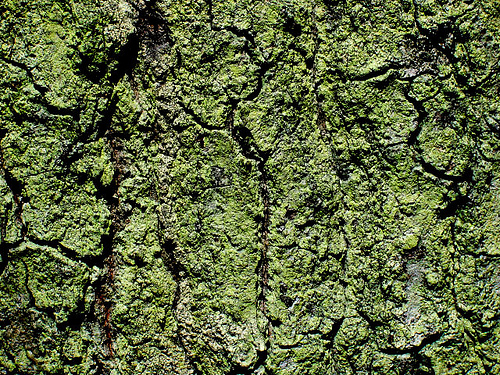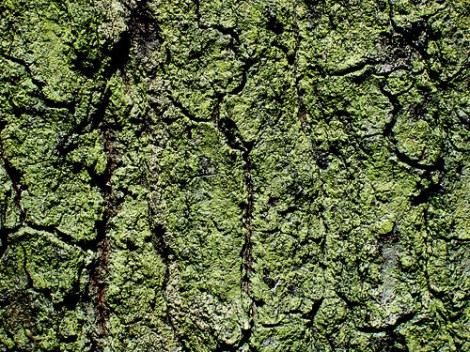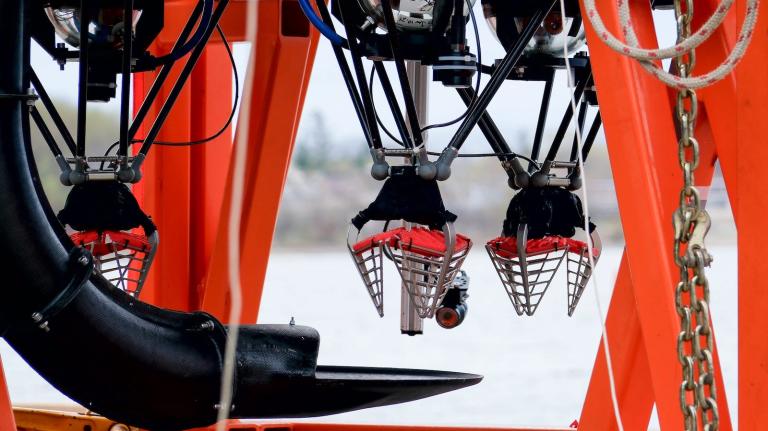Here’s the big dirty secret behind renewable energy: It works best best with batteries that store the electricity as it’s generated, and those batteries are resource-intensive to make and dispose of. But scientists at the University of Maryland just tested a battery that incorporates low-cost and more environmentally friendly materials than whatever’s in your Prius right now. Their ingredients: sodium, tin, and microscopic wood fibers from yellow pine trees.
These teeny tiny nano-batteries stand up remarkably well to the rigors of charging, the university says:
[The team] found that wood fibers are supple enough to let their sodium-ion battery last more than 400 charging cycles, which puts it among the longest lasting nanobatteries.
“The inspiration behind the idea comes from the trees,” said [Liangbing] Hu, an assistant professor of materials science. “Wood fibers that make up a tree once held mineral-rich water, and so are ideal for storing liquid electrolytes, making them not only the base but an active part of the battery.”
It’s pretty amazing that the system that brings water up the trunks of trees could maybe one day help human beings drive cars around the planet. And we can’t wait to see the Energizer Bunny rebranded as the Energizer Bush.





